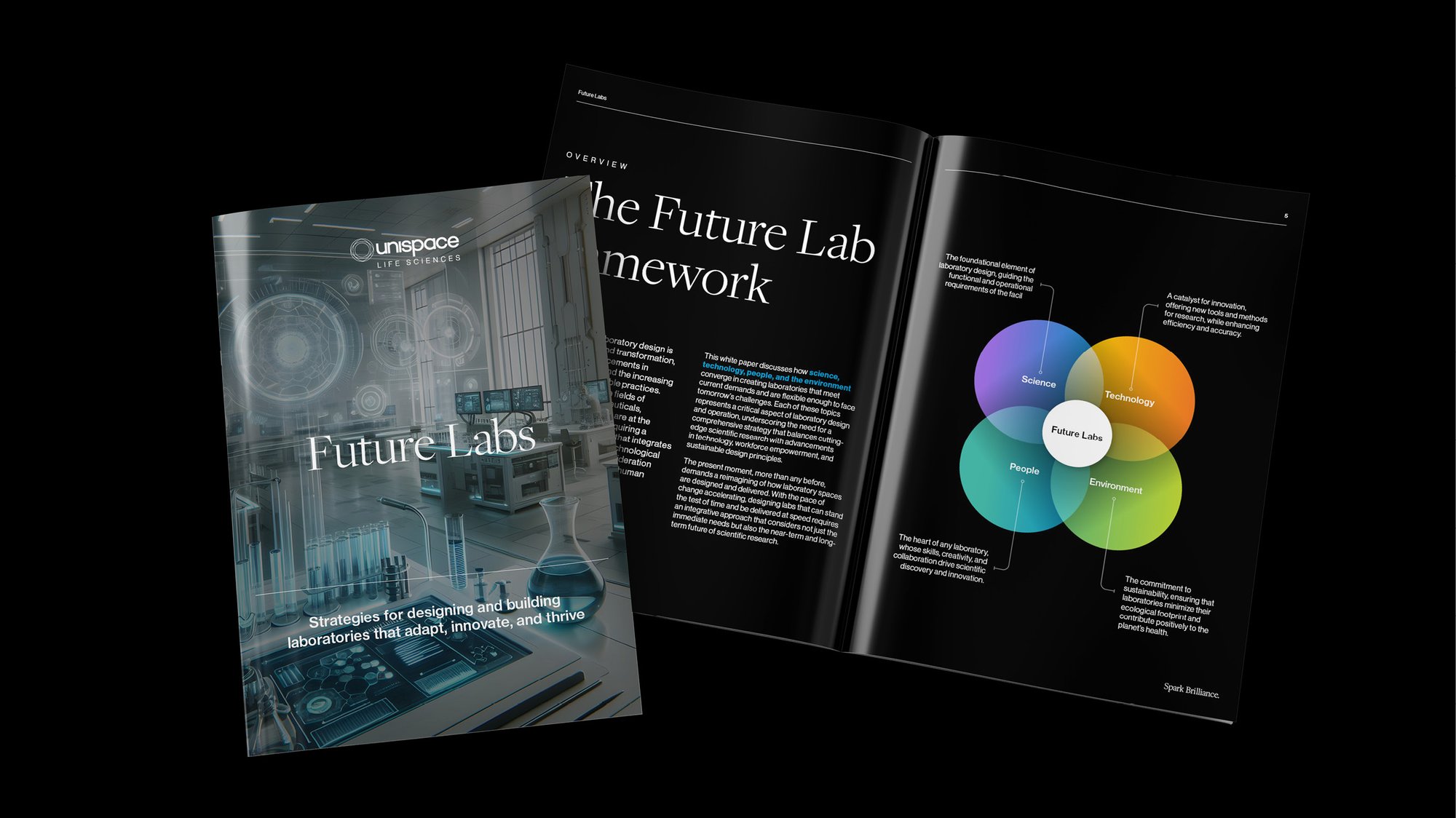In an era where environmental consciousness is more important than ever, the design and operation of life sciences labs must evolve to meet sustainability goals.
Laboratories are crucial for scientific breakthroughs, but they tend to use three to five times more energy than regular office spaces. This energy-intensive nature is due to the need for controlled environments and the handling of hazardous materials, among other factors. However, by incorporating eco-friendly practices into laboratory facility design, we can create spaces that support innovation but also contribute to environmental conservation.
Sustainable laboratories are increasingly crucial in the life sciences industry, balancing environmental responsibility with scientific innovation. While 56% of companies have set sustainability goals, most lack a clear strategy, showing that many are still in the early stages. By focusing on a sustainable lab design and build approach, we can reduce environmental impact without hindering scientific progress.
Life sciences companies are expanding rapidly, with facilities that demand flexibility and strict quality standards. Traditional construction often separates design and building, but the design-build approach combines both in a seamless process. This holistic method is essential for complex projects like laboratories and pharmaceutical plants, offering unmatched efficiency, coordination, and innovation.
At a glance
- Key considerations for a sustainable laboratory design and build
- Sustainable practices for life science laboratory operations
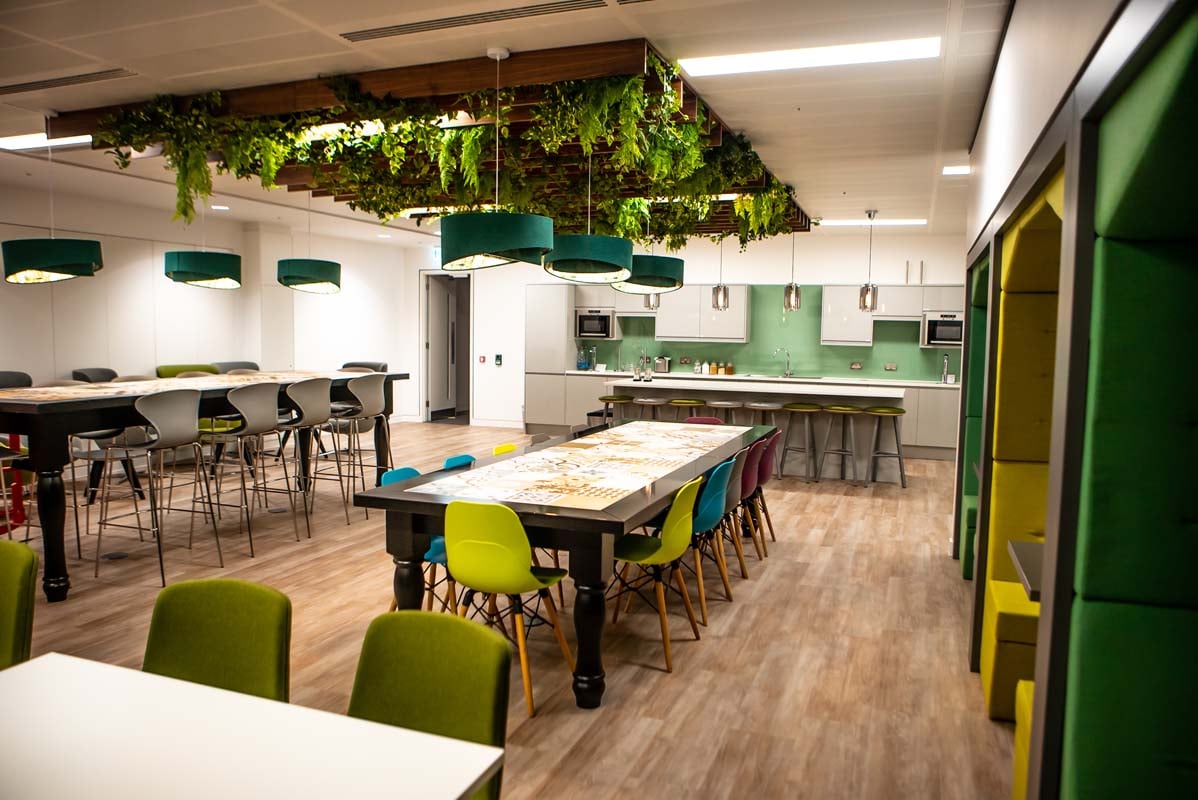
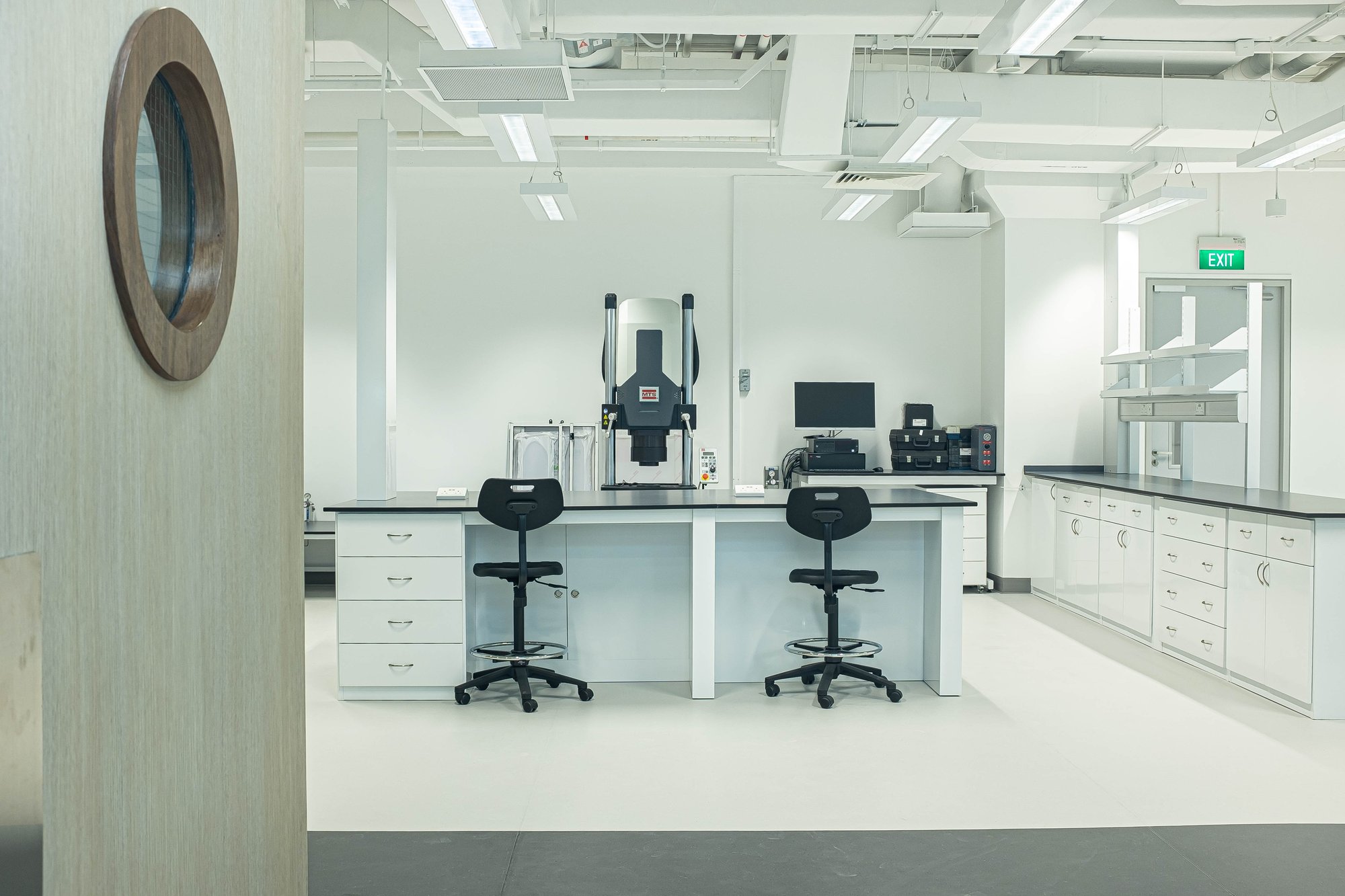
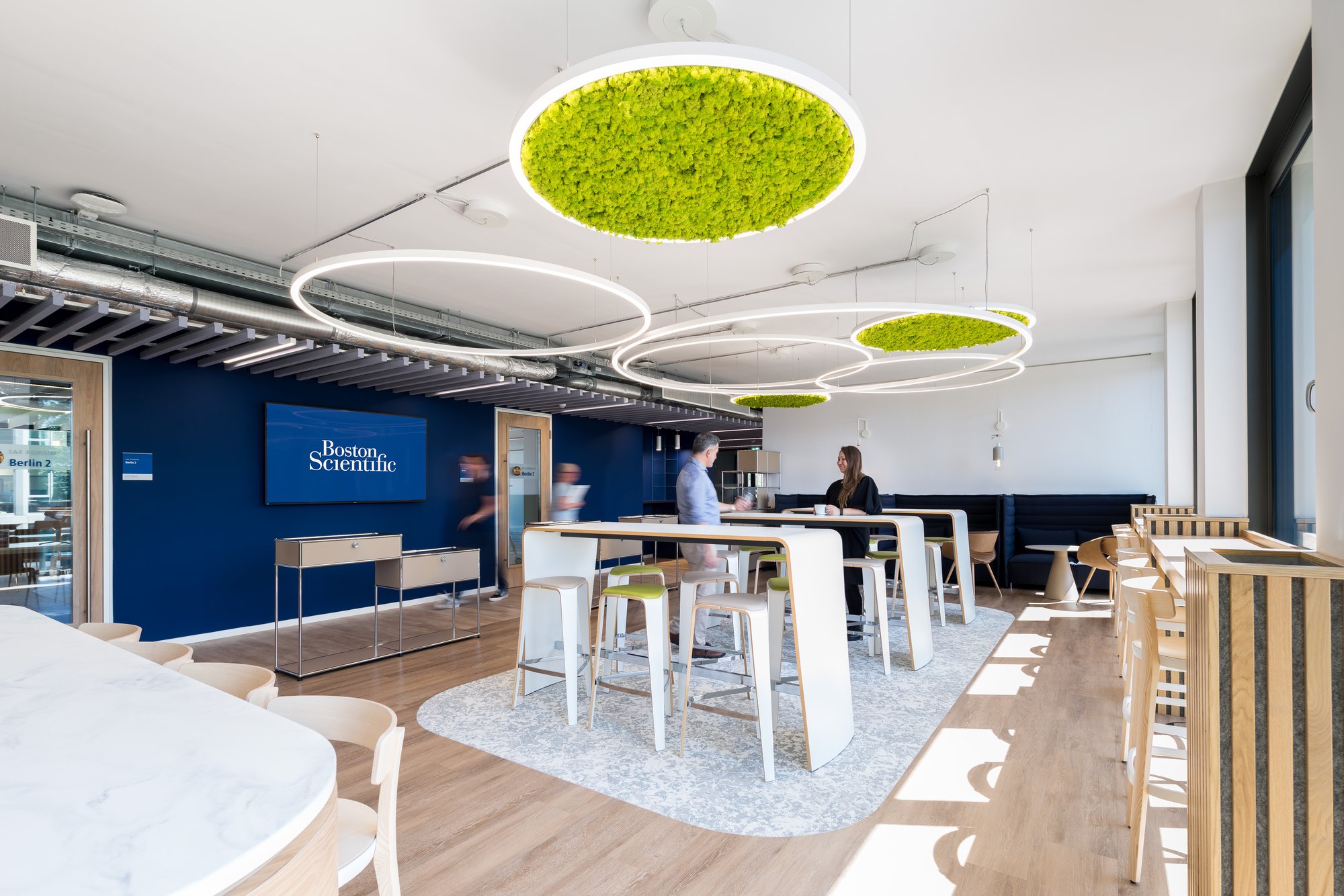
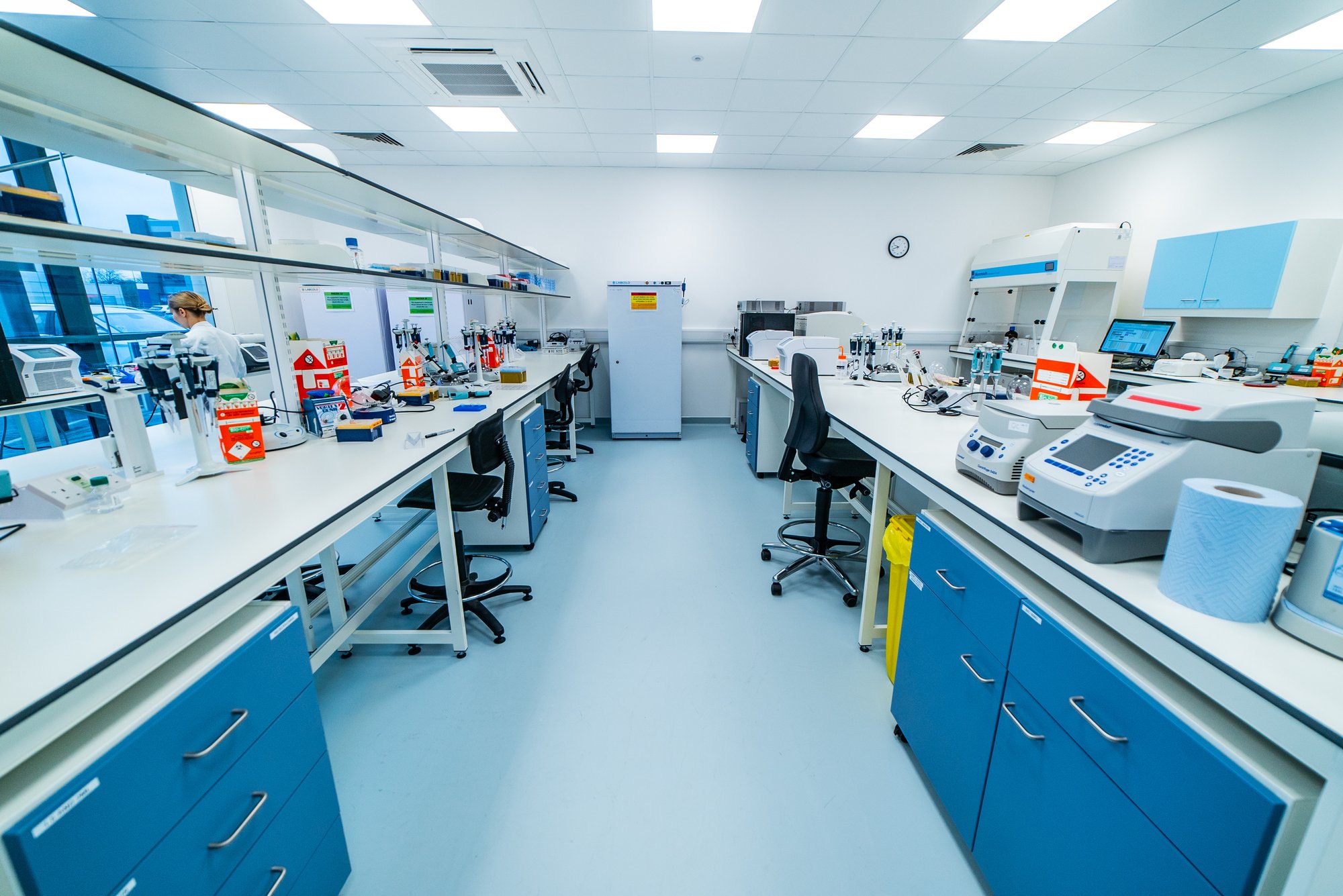
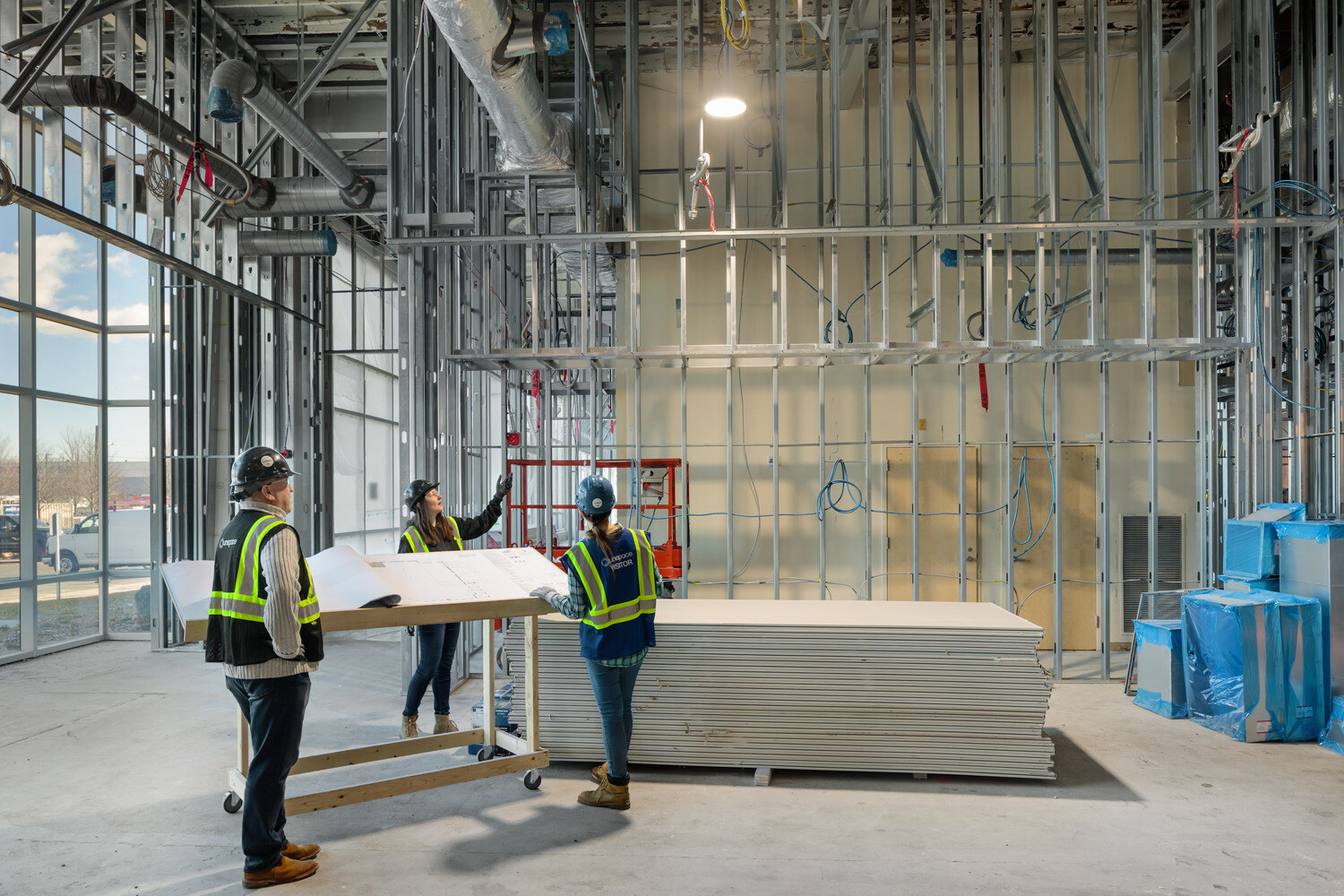
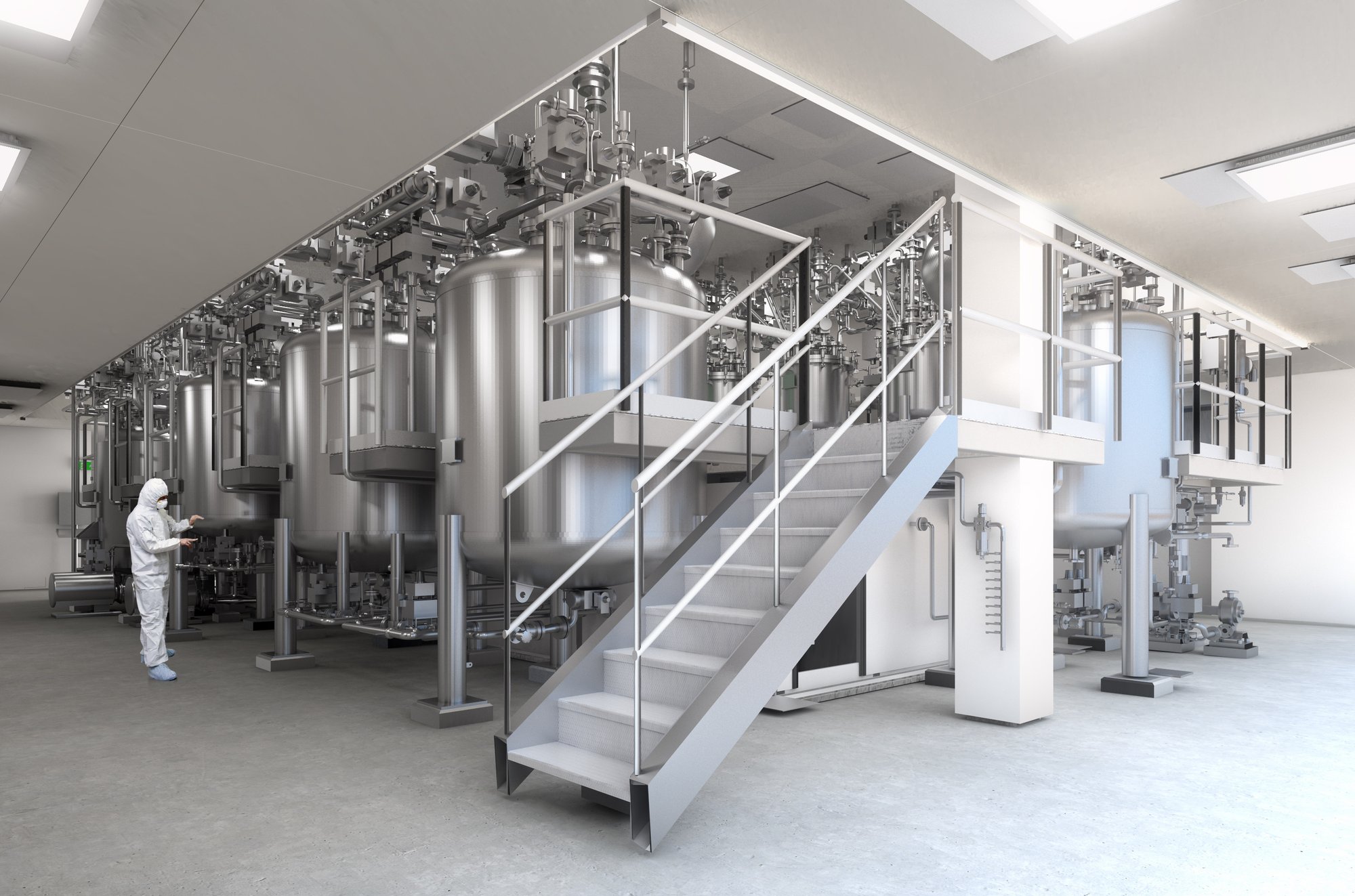

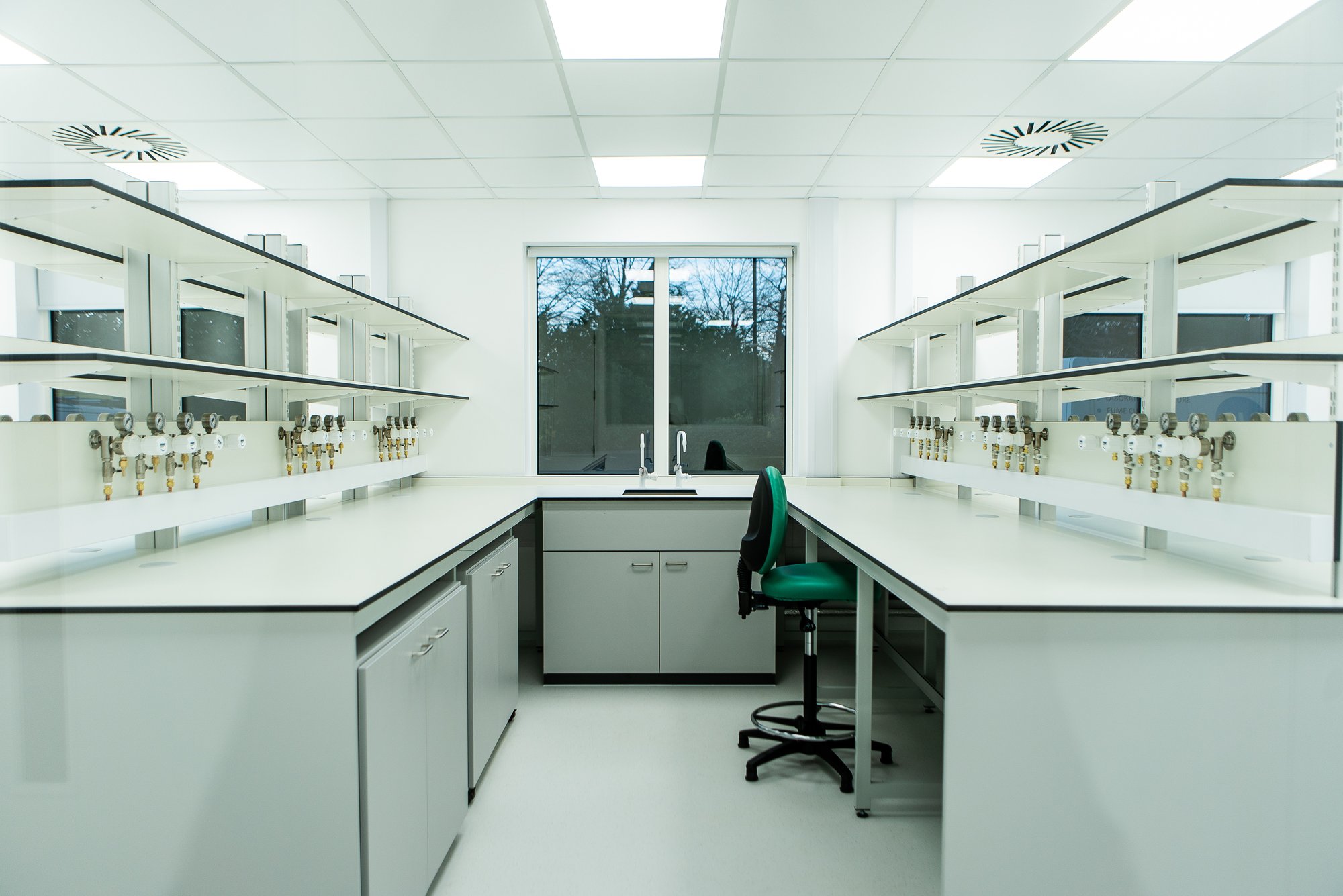
Key considerations for a sustainable laboratory design and build approach
- Environmentally friendly engineering controls: Effective lab and pharmaceutical plant design requires tailoring the project to specific needs, ensuring labs are neither under- nor over-engineered to maintain sustainability.
- Optimized laboratory process flow: Streamlining lab processes and reducing resource use enhances efficiency and sustainability, especially in specialized environments like biosafety level 2 and GMP facilities.
- Sustainable materials and flexibility Using eco-friendly materials and designing adaptable labs with modular units ensures long-term sustainability and reduces the need for costly renovations.
- Innovative energy reuse in pharmaceutical facilities: Pharmaceutical facilities are adopting innovative systems to capture and reuse energy, like repurposing heat from advanced technologies to power buildings or the public grid.
- Lean methodologies in lab design: Applying lean methodologies in lab design reduces waste, maximizes value, and improves the efficiency of life science manufacturing operations.
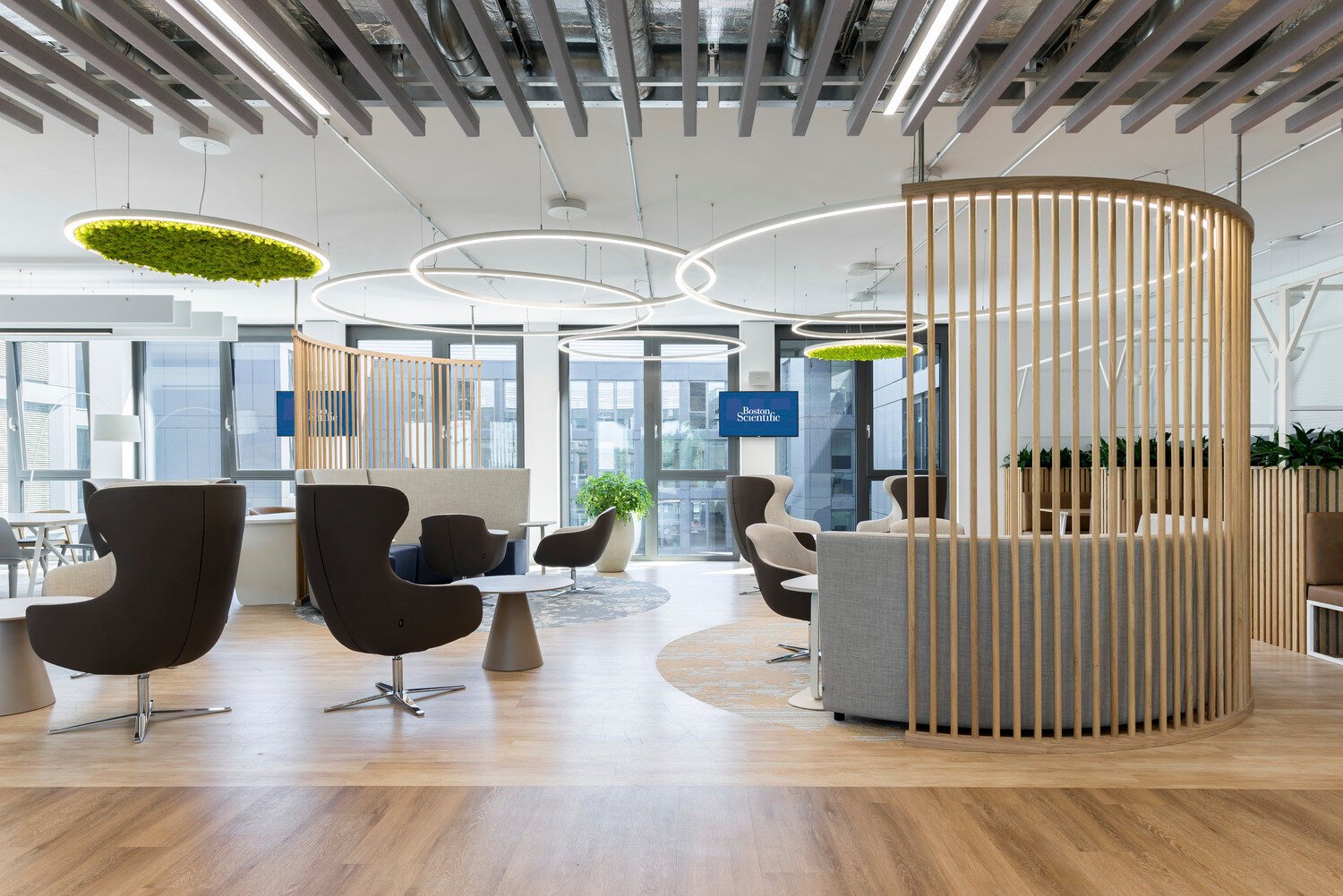
Effective sustainability in life sciences spaces isn’t just about large‑scale initiatives; small, everyday actions are key to reducing environmental impact.
Sustainable practices for life science laboratory operations
Sustainability extends beyond construction; it’s also about how laboratories are operated. In existing facilities, from pharmaceutical research and development labs to clinical testing laboratories, small changes can lead to significant environmental benefits.
By integrating sustainable practices into every stage of life science construction projects—from initial design to ongoing operations—we can create laboratories that are not only hubs of innovation but also examples of environmental responsibility. This shift towards sustainable laboratory construction is not just beneficial for the environment; it is also a strategic imperative for the future of pharmaceutical manufacturing and life sciences as a whole.
Here are some practical tips:
- Sustainable solvent selection: Opt for environmentally friendly solvents to minimize the impact of chemical research.
- Consumable reduction: Transition to sustainable or reusable alternatives for single-use plastics, which are common in pharmaceutical manufacturing.
- Water and waste management: Implement water recycling and on-site waste disinfection in medical research facilities to reduce environmental impact.
- Energy-efficient equipment: Invest in laboratory equipment with superior energy ratings and ensure regular maintenance for optimal performance.
Partner with Unispace Life Sciences to build a sustainable laboratory that supports discovery and innovation while evolving with your research goals.
Download our Future Labs whitepaper.
